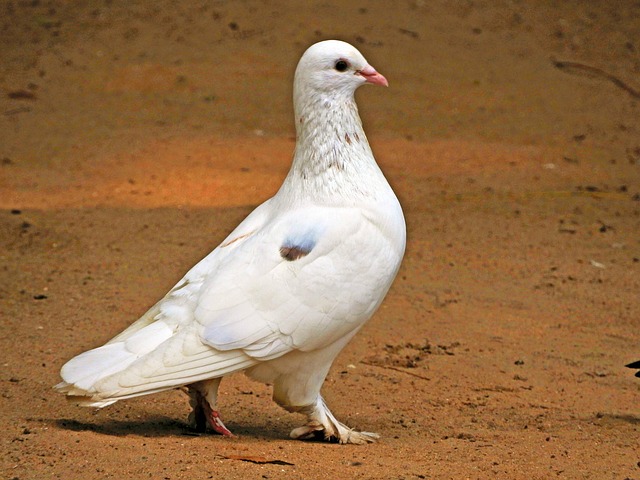Pigeon infestations in urban areas pose significant challenges for property owners and businesses, causing structural damage, unsanitary conditions, and health risks. Traditional control methods are labor-intensive and environmentally harmful. Modern bird removal services use humane techniques like ultrasonic devices and advanced trapping systems to manage pigeon populations effectively. These professionals employ tailored strategies that include deterrents, exclusion methods, and post-removal prevention measures to ensure structural integrity and avian welfare, providing lasting solutions for pigeon control.
Pigeons can transform urban areas into bustling, yet unsanitary landscapes. Understanding their behavior and causes behind infestations is key to effective pigeon control. This article explores traditional and modern methods for removing pigeons, highlighting the benefits of professional bird removal services. We delve into preventing recurrences through post-removal strategies, empowering readers to create cleaner, more livable environments. Discover expert insights on tackling these persistent feathered visitors and reclaiming your space with a reliable bird removal service.
- Understanding Pigeon Infestations: Causes and Impact
- Traditional vs Modern Bird Removal Techniques
- The Role of Professional Pigeon Control Services
- Preventing Recurrence: Post-Removal Strategies
Understanding Pigeon Infestations: Causes and Impact
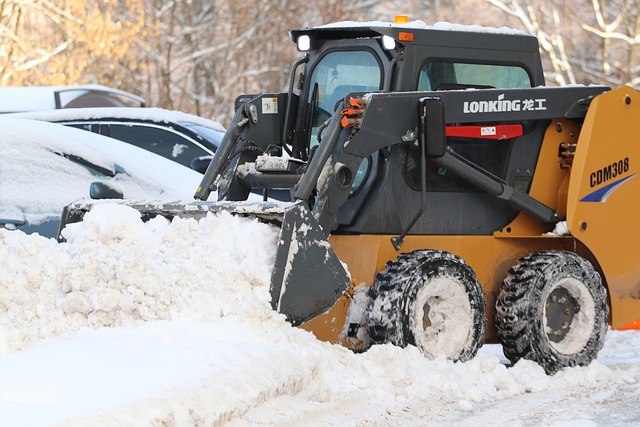
Pigeon infestations can be a significant challenge for property owners and businesses alike, often requiring the expertise of a professional bird removal service. Understanding the causes behind these infestations is crucial in effectively managing and preventing them. Pigeons are highly adaptable and prolific reproducers, which contributes to their ability to thrive in urban environments. They find shelter in various settings, from rooftops and facades to nooks and crannies within buildings.
Several factors can lead to pigeon infestations. Attractants such as food sources, water, and nesting sites draw pigeons to areas where they can easily establish colonies. Moreover, their remarkable problem-solving skills enable them to navigate complex landscapes and find entry points in structures. Once a pigeon population takes hold, it can rapidly grow due to the species’ high breeding rates, posing various issues like structural damage, unsanitary conditions, and potential health risks associated with bird droppings and feathers.
Traditional vs Modern Bird Removal Techniques
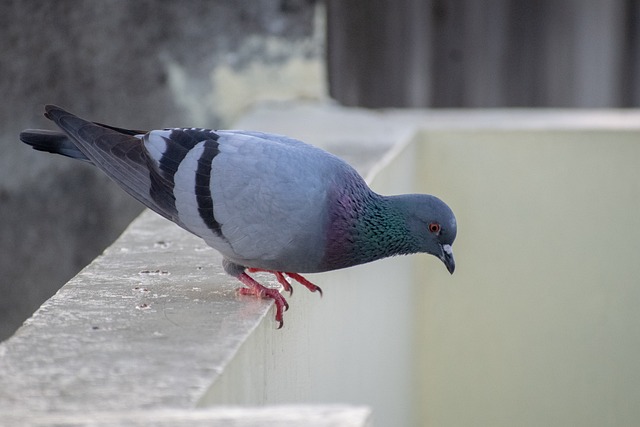
In the realm of pigeon control, traditional methods have long been the go-to solution for many years. These techniques often involve physical barriers like netting and scarecrows, as well as chemical repellents. While effective to an extent, these old-school tactics can be labor-intensive, environmentally unfriendly, and may not cater to modern urban landscapes.
Modern bird removal services take a more sophisticated approach, leveraging technology and humane practices. From ultrasonic devices that emit sounds unpleasant to pigeons to advanced trapping systems designed with animal welfare in mind, these innovative methods offer effective pigeon control without resorting to harmful chemicals or causing distress to the birds. Such progressive techniques are particularly suitable for dense urban areas where traditional methods may not be feasible or could negatively impact other wildlife and humans.
The Role of Professional Pigeon Control Services
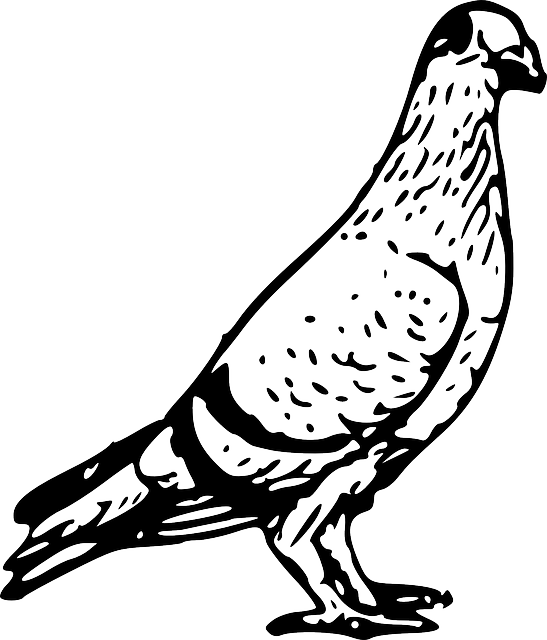
Pigeon control is a specialized task that often requires professional expertise, especially for severe or hard-to-reach areas. That’s where bird removal services come in—they offer tailored solutions for managing and mitigating pigeon populations effectively. These professionals employ a range of humane methods to address pigeon overpopulation, ensuring both the safety of structures and the welfare of the birds.
With access to advanced tools and techniques, bird removal experts can navigate challenging landscapes and intricate architectural designs. They understand that every site is unique, so they customize their approach accordingly. This may include setting up deterrents, implementing exclusion methods, or employing a combination of both to prevent pigeons from returning. Such professional services not only provide efficient short-term solutions but also offer long-lasting strategies to keep pigeon problems at bay.
Preventing Recurrence: Post-Removal Strategies
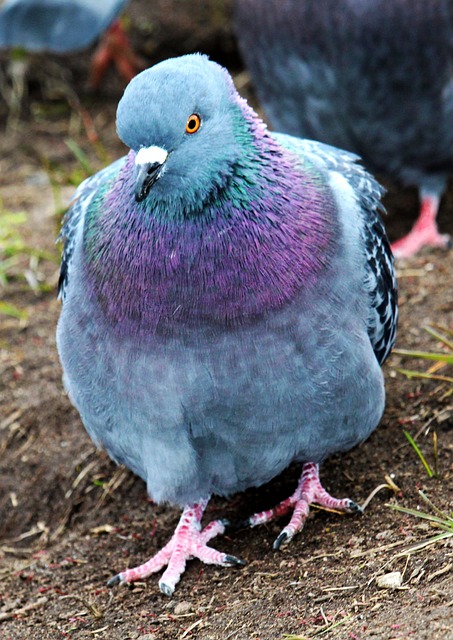
After a successful bird removal service, preventing pigeons from returning is paramount. This involves a multi-faceted approach starting with identifying and sealing entry points like gaps in roofs or damaged screens. Regular cleaning and maintenance are crucial to eliminating any food sources that might attract them back. Using visual deterrents such as bird spikes or scarecrows can also be effective, though it’s important to stay updated on the latest humane methods to ensure these strategies remain ethical and efficient.
Additionally, altering the environment around your property can make it less appealing for pigeons. This includes trimming trees and shrubs that provide nesting spots and removing potential water sources nearby. Engaging in regular pest control practices tailored for bird prevention further reinforces these measures, ensuring a lasting solution rather than just a temporary fix.
Pigeon infestations can significantly impact urban environments, but understanding their causes and available control methods is key. This article has explored traditional and modern bird removal techniques, emphasizing the effectiveness of professional pigeon control services. By combining these approaches with robust post-removal strategies, property owners can effectively manage and prevent recurrences. When faced with persistent pigeon issues, reaching out to a reputable bird removal service is an essential step towards achieving a peaceful, pigeon-free space.
